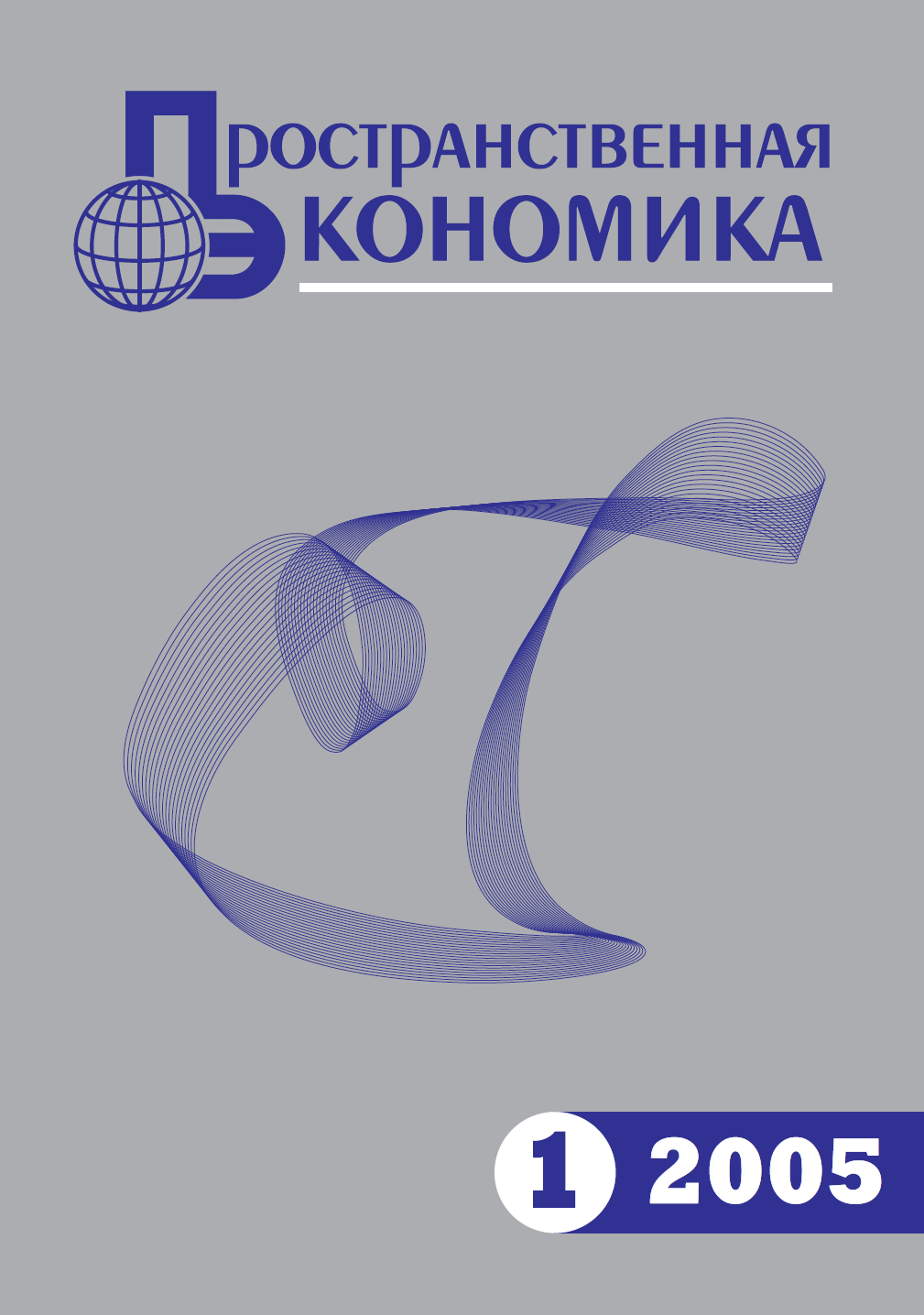| In the section | Surveys |
| Title of the article | Approaches to Assessing the Level of Digitalization and Global E-commerce Policy Choices |
| Pages | 136-164 |
| Author 1 |
Timur Mamedovich Aliev Candidate of Sciences (Economics), Senior Research Fellow This email address is being protected from spambots. You need JavaScript enabled to view it. ORCID: 0000-0003-3545-542X |
| Author 2 |
Olga Dmitrievna Ismagilova Research Fellow This email address is being protected from spambots. You need JavaScript enabled to view it. ORCID: 0000-0002-3092-770X |
| Author 3 |
Veronika Nikolaevna Popova Junior Research Fellow This email address is being protected from spambots. You need JavaScript enabled to view it. ORCID: 0000-0002-7931-850X |
| Abstract | Digital technologies and their role in global economic development have been increasing the past two decades. Digitalization has changed many aspects of human society. It had a significant impact on business processes in international trade, reducing costs, increasing the value and speed of cross-border transactions. E-commerce is becoming the most important engine for economic growth. The article examines new digitalization trends in the context of the international trade development. Among the key trends caused by digitalization and affecting international trade, it highlights the following: 1) expanding of globally e-commerce sales and the world marketplaces turnover; 2) increasing the value of international trade in ICT goods and services, and digitally-deliverable services; 3) growth of world exports in services by mode 1 of supply, i.e. cross border supply. The problem of assessing the level of digitalization of the economy and its impact on trade is becoming more and more urgent. Many leading international organizations including OECD, WTO, IMF, UNCTAD are working on developing universal approaches to the formation of terminology in the field of digitalization of trade, measuring digital trade and classifying economic sectors depending on the level of digitalization. The study draws particular attention to these issues. The authors have systematized an extensive list of international indices. The first cluster includes indices characterizing the level of e-commerce markets development. The second cluster contains indices that assess the development of information and communication technologies. Finally, the third cluster of indices assesses penetration of digital technology into economy and life. Indices that assess digital trade policy measures were also examined |
| Code | 339+004 |
| JEL | F13, F63, O33 |
| DOI | https://dx.doi.org/10.14530/se.2020.4.136-164 |
| Keywords | digitalization ♦ international trade ♦ E-commerce ♦ ICT goods ♦ ICT services ♦ TISMOS ♦ digitalization indices ♦ DTRI ♦ DSTRI |
| Download | |
| For citation | Aliev T.M., Ismagilova O.D., Popova V.N. Approaches to Assessing the Level of Digitalization and Global E-commerce Policy Choices. Prostranstvennaya Ekonomika = Spatial Economics, 2020, vol. 16, no. 4, pp. 136–164. https://dx.doi.org/10.14530/se.2020.4.136-164 (In Russian) |
| References | 1. Ali F. What Are the Top Online Marketplaces? Digital Commerce 360, 2020. Available at: (accessed September 2020). 2. Competing in the Digital Age: Policy Implications for the Russian Federation. International Bank for Reconstruction and Development, The World Bank, 2018, 144 p. Available at: (accessed September 2020). (In Russian). 3. Costello K. Gartner Forecasts Worldwide Public Cloud Revenue to Grow 17.5 Percent in 2019. Gartner, 2019. Available at: (accessed September 2020). 4. Digital Economy Report 2019. Value Creation and Capture: Implications for Developing Countries. UNCTAD, 2019, 172 p. Available at: (accessed September 2020). 5. Digital Trade Estimates Projects. ECIPE, 2020. Available at: (accessed September 2020). 6. Digital Trade Restrictiveness Index. ECIPE, 2018, 136 p. Available at: (accessed September 2020). 7. Freud С., Weinhold D. The Effect of the Internet on International Trade. SSRN Electronic Journal, 2004. http://dx.doi.org/10.2139/ssrn.260238 8. Freud С., Weinhold D. The Internet and International Trade in Services. American Economics Review, 2002, vol. 92, no. 2, pp. 236–240. 9. Global Artificial Intelligence Market Forecast 2019–2027. Inkwood Research, 2019. Available at: (accessed September 2020). 10. Globalization in Transition: The Future of Trade and Value Chains. McKinsey Global Institute, 2019, 16 January. Available at: (accessed September 2020). 11. Indicators of the Digital Economy: 2019: Statistical Collection. Moscow: National Research University Higher School of Economics, 2019, 248 p. Available at: (accessed September 2020). (In Russian). 12. ITU Statistics. ITU, 2020. Available at: (accessed September 2020). 13. Lipsman A. Ecommerce Continues Strong Gains Amid Global Economic Uncertainty. Global Ecommerce, 2019, 2019, 27 June. Available at: (accessed September 2020). 14. Market Pulse Report, Internet of Things (IoT). GrowthEnabler. 2017, 35 p. Available at: Report.pdf (accessed September 2020). 15. Merton K. The World’s Top Online Marketplaces 2020. Webretailer, 2020. Available at: (accessed September 2020). 16. Patterns of Trade Restrictiveness in Online Platforms: A First Look. ECIPE, 2019, 33 p. Available at: (accessed September 2020). 17. Study Report on Disruptive Technologies. WTO, 2019, 90 p. Available at: (accessed September 2020). 18. The OECD Digital Services Trade Restrictiveness Index. OECD, 2020. 19. The WebIndex. 2020. Available at: (accessed September 2020). 20. Trade in Services Data by Mode of Supply (TISMOS). WTO, 2020. Available at: (accessed September 2020). 21. UNCTADstat. UNCTAD, 2020. Available at: (accessed September 2020). 22. World Trade Report 2018. WTO, 2019, 234 p. Available at: (accessed September 2020). |
| Financing | The article was written on the basis of the RANEPA state assignment research programme |
| Submitted | 14.09.2020 |
| Revised | 05.12.2020 |
| Published online | 25.12.2020 |
